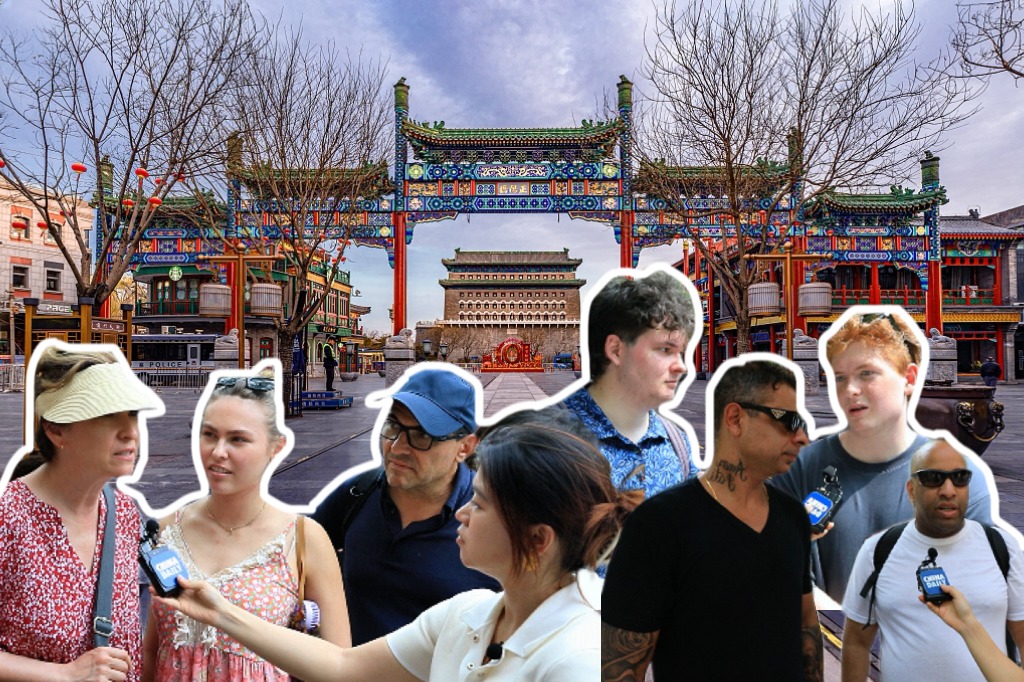An old industrial city's green transition
Xinhua | Updated: 2023-07-28 18:33
JINAN -- A forest of chimneys was once worshiped as a token of modernization of Zibo, a city with an industrial history of nearly 120 years.
Known for its heavy pollution, Zibo, in east China's Shandong Province, is exploring a greener development path through scientific and technological innovation.
Since the 1950s, pillar industries like steel and architectural ceramics transformed the city into an industrial hub with over 4.7 million people. But they also brought with them heavy pollution. Zibo found itself among the worst polluted places in the province for years.
Substantial action to cut industrial pollution has started in the city in recent years, eyeing pollution treatment and carbon emission reduction.
While cutting highly polluting and energy-intensive production capacity, many enterprises have strengthened sci-tech research and fully embraced emerging green and low-carbon industrial chains.
A cluster of industrial parks for zero-carbon smart innovation, solid-state lithium batteries, and advanced energy-storage equipment innovation has taken shape in the city's high-tech zone, covering more than 180 hectares.
Industrial projects, such as photovoltaic modules, containerized energy-storage devices, and solid-state lithium batteries, have been partially completed and started operations.
"Under the guidance of the national dual-carbon reduction goals, wind power development and construction of energy storage facilities are becoming a new trend," said Li Yiqun, chairman of Zibo Jingneng Technology at the cluster.
Li said that the park takes energy storage as the core industry and has aggregated the upstream and downstream chains of wind power, photovoltaic, and battery cells, laying the groundwork to form an industrial base of 100 billion yuan (about $13.9 billion).
In Zibo's Huantai County, the production of a type of proton exchange membrane (PEM), a core component of hydrogen fuel cells, has made national headlines.
"Our PEM products have been certified by leading international enterprises and have a life span of more than 6,000 hours," said Li Yuwen, a senior official at Dongyue Group, the PEM manufacturer.
It is part of Zibo's goal of cultivating four major industries: new materials, intelligent equipment, new medicine, and electronic information, as well as constructing 20 "10-billion yuan level" industrial chains.
The added value of the aforementioned new industries above the designated size in Zibo increased by 3.7 percent year on year in the first half of this year, accounting for 54 percent of the added value of industries above the designated size.
Traditional sectors are also making the transition to greener development. Shandong Donghua Technology Co., Ltd., with cement production as its main business, has been recognized as a national-level green factory and a leading enterprise in energy utilization efficiency through technological transformation and upgrading.
According to Donghua's chief engineer Zhu Bo, the company has developed an intelligent control system dubbed "industrial brain" based on big data and applied it to the cement industry. The application of this system has reduced the clinker line's overall energy consumption by 6.73 percent while increasing quality stability by 28.48 percent.
Local government support is also driving the transformation.
Every year, Zibo introduces more than 300 municipal key technological transformation projects, focusing on transforming traditional industries, such as the chemical industry, building materials, and textiles, to high-end, intelligent, green, and intensive ones.
So far, the city has constructed 11 provincial-level typical artificial intelligence application scenarios, 23 national green factories, and 42 national green design products.
The changes in Zibo are a microcosm of China's economic and social progress, which has entered a phase of rapid green and low-carbon high-quality development.
China is taking its own path toward dual carbon reduction goals, which means it will peak carbon dioxide emissions by 2030 and reach carbon neutrality by 2060.
Earlier this month, the National Conference on Ecological and Environmental Protection emphasized efforts to accelerate the development of green production modes and lifestyles and lay a green foundation for high-quality development.
























